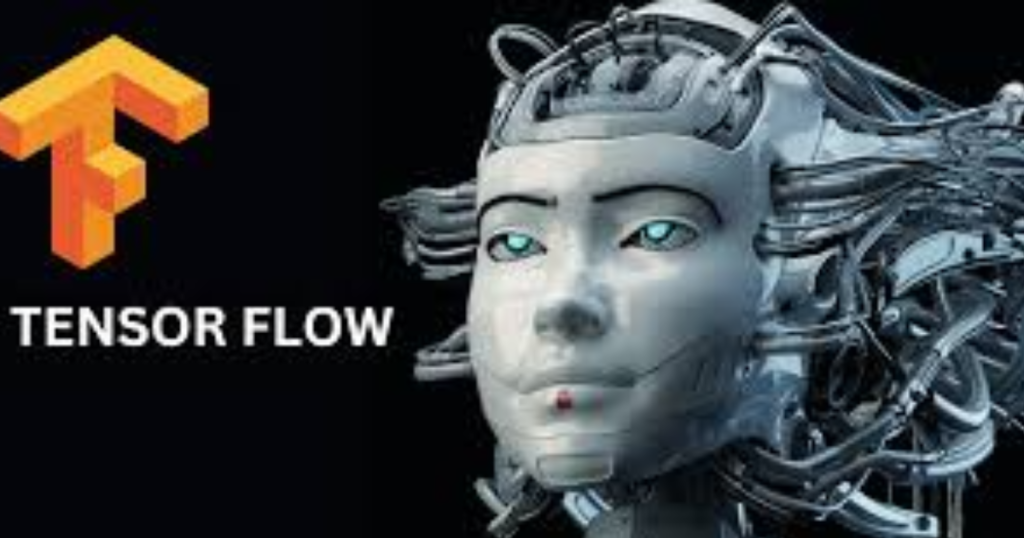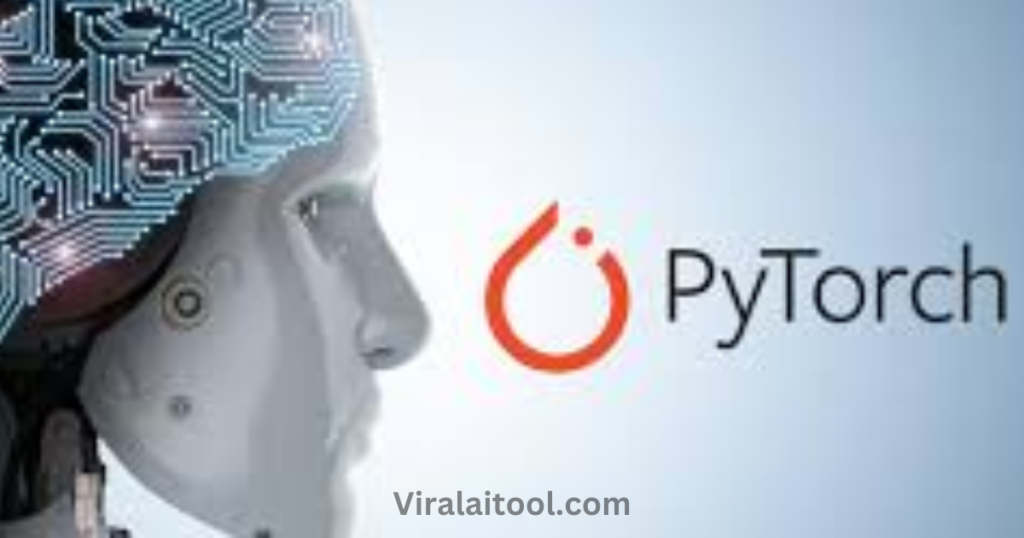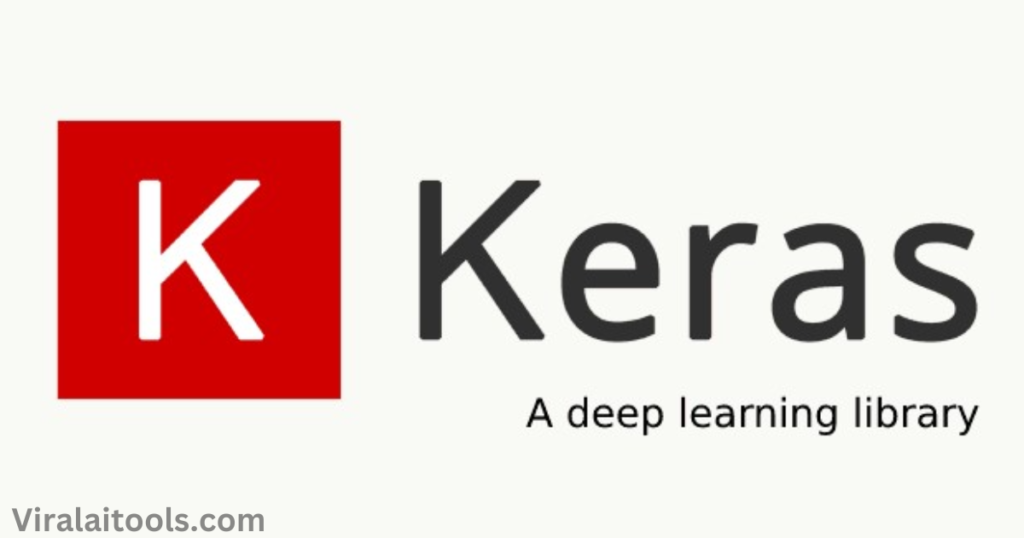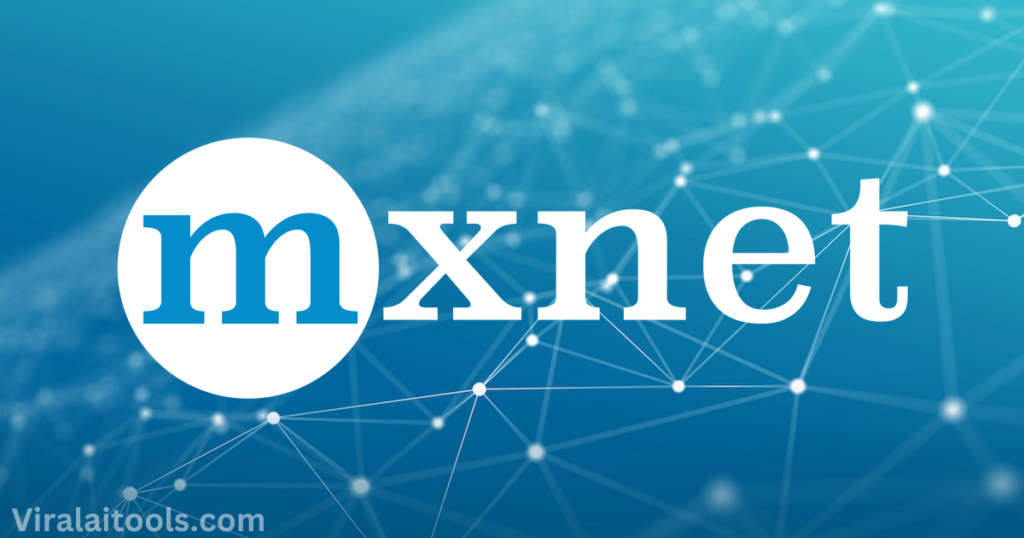Diving into the Future Deep Learning AI Innovations
Deep learning, a subfield of artificial intelligence (AI), has revolutionized the way we interact with machines. By mimicking the structure and function of the human brain, deep learning algorithms can learn complex patterns from massive amounts of data. This capability has fueled breakthroughs in fields ranging from image recognition and natural language processing to self-driving cars and medical diagnosis.
TensorFlow: The Workhorse of Deep Learning

TensorFlow, developed by Google, is arguably the most ubiquitous deep learning framework. Renowned for its flexibility and scalability, TensorFlow powers a vast array of applications, from image classification in smartphones to large-scale scientific simulations.
TensorFlow offers several advantages:
TensorFlow offers a rich ecosystem with a vibrant developer community, and a wide range of pre-trained models, tutorials, and extensions. It provides flexibility with support for multiple programming languages and deployment on various platforms. Production-ready features include TensorFlow Serving and Vertex AI for efficient model deployment and management. However, beginners might find TensorFlow’s steeper learning curve and computational graph paradigm less intuitive compared to other tools.
PyTorch: The User-Friendly Alternative

PyTorch, developed by Facebook (Meta), has emerged as a strong contender in the deep learning arena. Often praised for its ease of use and dynamic computational graphs, PyTorch allows for a more Pythonic approach to deep learning development.
Here’s what makes PyTorch stand out:
Readability: The Python-first syntax fosters a more intuitive coding experience, especially for those with strong Python backgrounds.
Dynamic computation: PyTorch allows for on-the-fly modification of the computational graph, enabling greater flexibility during experimentation.
Research-oriented: PyTorch’s extensive debugging and visualization tools cater well to the research community.
Despite its strengths, PyTorch might not be the best choice for large-scale deployments due to its slightly less mature production ecosystem compared to TensorFlow.
Keras: Simplifying Deep Learning

Keras, a high-level API, sits on top of frameworks like TensorFlow or PyTorch, providing a simpler interface for building and training deep learning models. It abstracts away some of the underlying complexities, allowing users to focus on the core logic of their models.
Keras offers these benefits:
Ease of use: The concise syntax enables rapid prototyping and experimentation with different deep-learning architectures.
Portability: Keras can seamlessly run on top of multiple frameworks, offering flexibility in tool selection.
Rapid iteration: The focus on code readability facilitates faster development cycles.
While Keras streamlines development, it might not be ideal for highly customized models requiring fine-grained control over the underlying framework.
Beyond the Big Three: Exploring Other Deep Learning Tools
The deep learning landscape extends far beyond TensorFlow, PyTorch, and Keras. Here are some other noteworthy tools:
MXNet

MXNet, created by Amazon, excels in efficiency and scalability, ideal for resource-limited settings. Caffe is preferred for computer vision tasks due to its fast execution and easy deployment. Microsoft’s CNTK integrates well with Azure, making it suitable for building intelligent frameworks within the Microsoft ecosystem.
The best choice among these tools depends on project needs, team skills, and desired management level. MXNet’s resource management makes it a top choice for projects with computational limits. Caffe’s speed is beneficial for image analysis tasks, while CNTK’s Azure integration supports advanced AI systems within the Microsoft ecosystem.
Informed decisions based on each tool’s strengths and project alignment lead to effective implementation in machine learning.
Choosing the Right Deep Learning Tool: A Multifaceted Decision
Selecting the optimal deep learning tool depends on key factors:
Project requirements: The task at hand (e.g., image classification, NLP) dictates tool suitability.
Technical expertise: Team’s proficiency in programming languages and familiarity with different frameworks.
Desired control level: Some tools offer more customization, while others prioritize ease of use.
Scalability needs: Consider the volume of data and model complexity for tool selection.
Production readiness: If deployment is planned, assess the tool’s production support and ecosystem.
Balancing these considerations helps choose the most appropriate tool for the project.
Getting Started with Deep Learning AI Tools: Resources and Guidance
Newcomers to deep learning can benefit from various resources:
Online Courses: Platforms like Coursera, Udacity, and edX offer courses on deep learning fundamentals, frameworks (TensorFlow, PyTorch), and domain applications.
Tutorials and Documentation: Deep learning framework documentation provides explanations, code examples, and tutorials to help you build and train models.
Books: Books like “Deep Learning” by Ian Goodfellow and “Hands-On Machine Learning” by Aurélien Géron provide theoretical and practical insights.
Open-Source Communities: Online communities on GitHub and Reddit offer support and the chance to connect with others.
Competitions and Kaggle: Kaggle competitions provide real-world datasets and challenges, helping you apply your learnings and benchmark your skills.
Here are some additional tips for beginners
Start with a strong foundation in mathematics (linear algebra, calculus, probability) and programming (Python) before diving into deep learning frameworks.
Strive to understand the underlying concepts behind deep learning algorithms rather than relying solely on code examples.
Practice consistently with different architectures, hyperparameters, and datasets to solidify your understanding of deep learning.
Expect setbacks and errors; persistence and learning from mistakes are key to success.
Leverage resources and embrace challenges to navigate the exciting world of deep learning and be part of shaping the future with AI.
FAQS
Q1: What is deep learning, and how has it impacted AI?
Ans: Deep learning, a subset of artificial intelligence (AI), mimics the structure and function of the human brain to enable machines to learn complex patterns from vast amounts of data. This capability has revolutionized various fields, including image recognition, natural language processing, self-driving cars, and medical diagnosis.
Q2: What are the primary deep learning frameworks, and how do they differ?
Ans: The main deep learning frameworks include TensorFlow, PyTorch, and Keras. TensorFlow, developed by Google, is known for its flexibility and scalability. PyTorch, from Facebook (Meta), is praised for its ease of use and dynamic computation. Keras, a high-level API, simplifies model building and training.
Q3: What are the advantages of TensorFlow?
Ans: TensorFlow offers a rich ecosystem with pre-trained models and extensions, flexibility across programming languages and platforms, and streamlined model deployment and management through TensorFlow Serving and Vertex AI.
Q4: What are the benefits of using Keras?
Ans: Keras offers ease of use for rapid prototyping, portability across frameworks, and faster development cycles, abstracting away complexities for quicker model iteration.
Q5: What tips do you have for beginners in deep learning?
Ans: Start with a strong foundation in mathematics and programming, strive to understand concepts deeply, practice consistently, and embrace failures as part of the learning process.